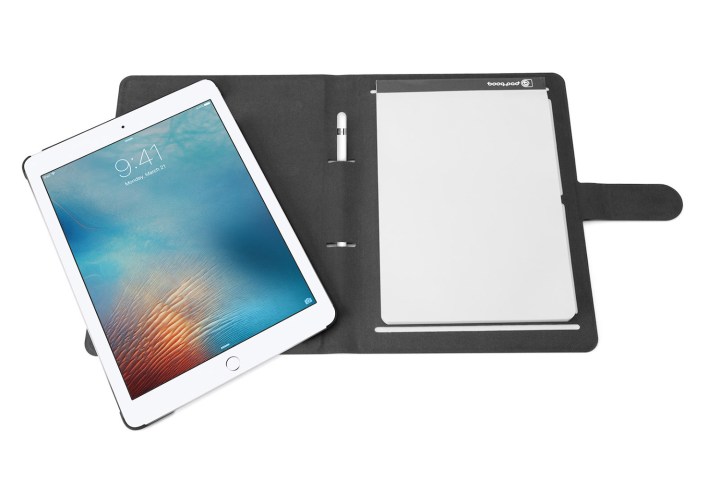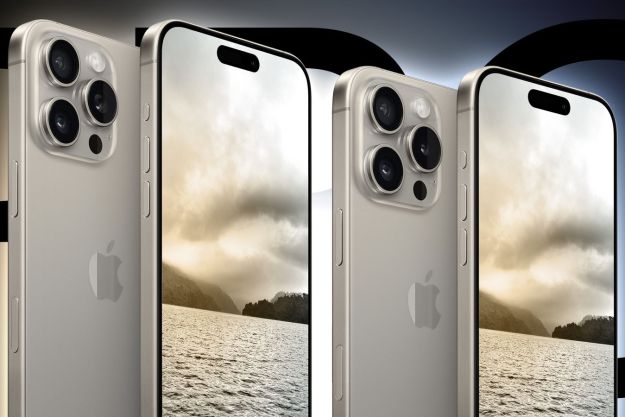
Unlike other folio cases, which typically force you to either use them to protect the iPad Pro 9.7 or not use them at all and carry the tablet naked, the Booqpad includes a separate polycarbonate case that magnetically attaches to the folio. That way, you can remove the iPad Pro 9.7 whenever you are not up for watching movies or typing documents and still have the tablet protected.
Since the Booqpad is a folio case, however, you can prop up your iPad Pro 9.7 for content consumption at multiple angles, with its ambidextrous design playing no favorites between right- and left-handed note-takers. Furthermore, given its support for the smaller iPad Pro, the Booqpad conveniently includes a pocket for your Apple Pencil, in case you do not want to have to worry about where to place it in your bag.
If you prefer analog note-taking and do not carry Apple’s stylus around everywhere you go, the Booqpad also has room for a removable, 50-sheet notepad. That way, you do not have to carry around an iPad Pro 9.7 and notebook separately, saving that much more room in your backpack or bag. If you run out of paper, Booq will be more than happy to sell you additional notepads in packs of three for $10.
Finally, the Booqpad does not block access to the iPad Pro 9.7’s ports, buttons, or cameras.
As for the Booqpad itself, the folio case will run you $60. If the Booqpad sounds interesting enough to drop the dough on, it is now available through Booq’s official website and third-party retailers.
Editors' Recommendations
- Apple accidentally revealed a big iPad Pro display upgrade
- You may have to wait a while longer for new iPads
- I’m worried about Apple’s new iPads
- Apple’s new iPad Pro may not be as expensive as we feared
- New iPads are coming soon, and they may have a killer display upgrade


